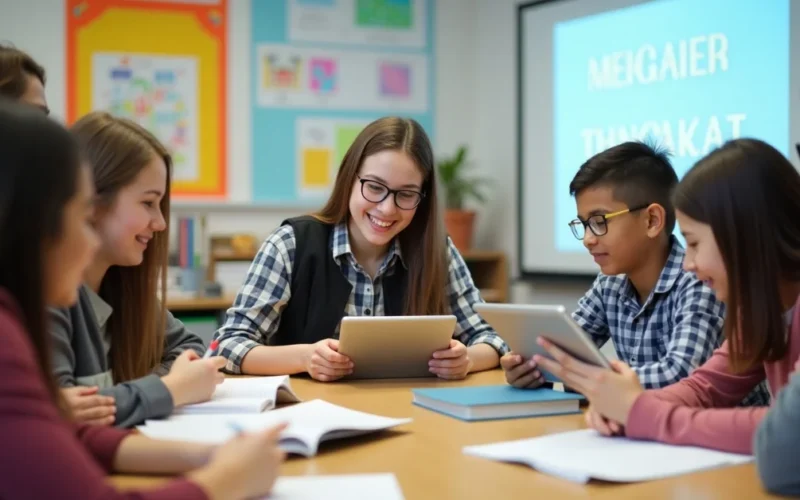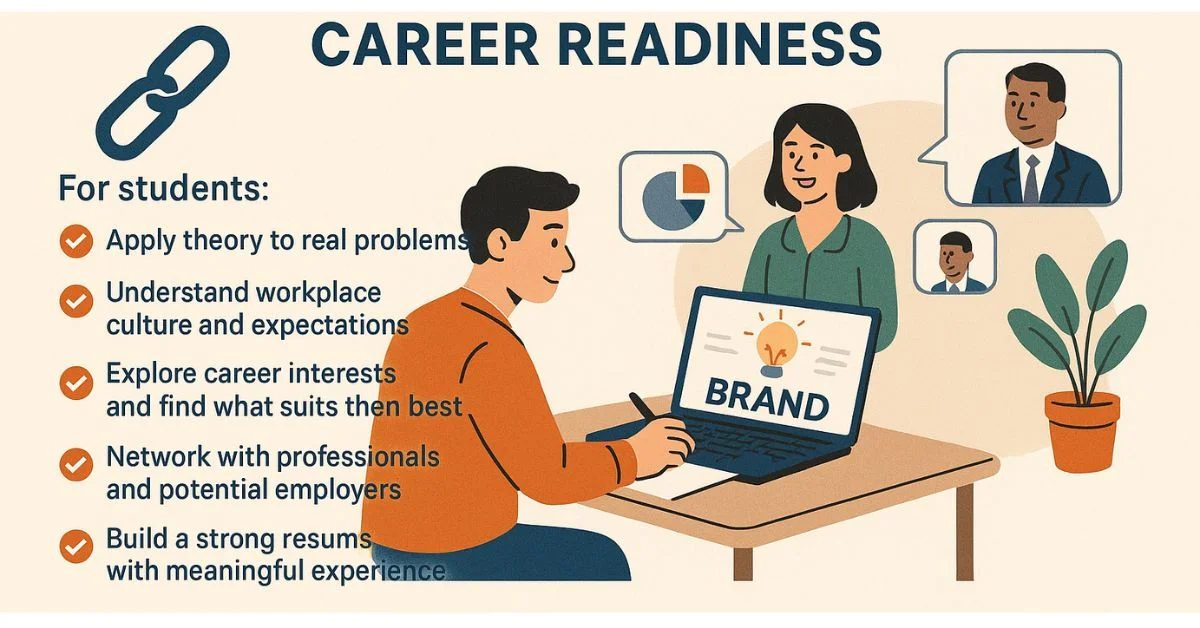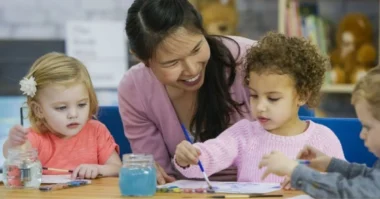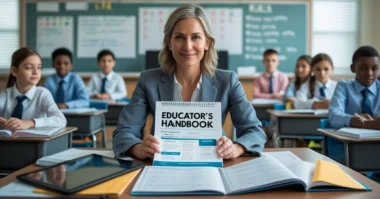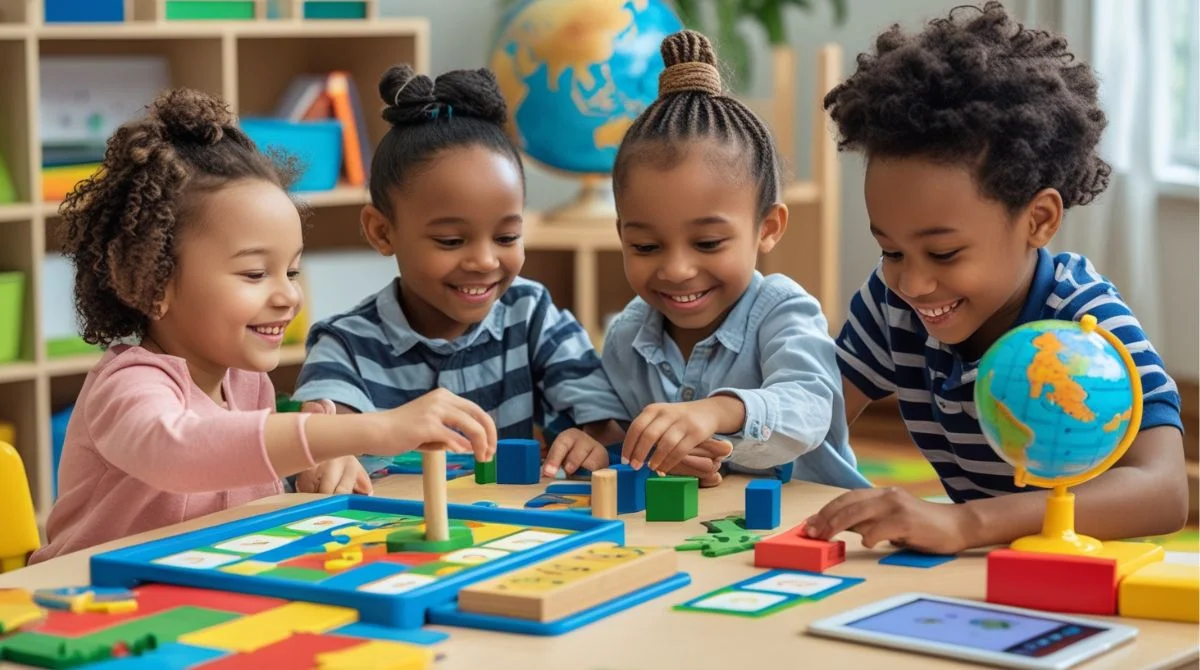Table of Contents
- What Is Education?
- 1. Why Education Matters Beyond the Classroom?
- The Historical Role of Education in Society
- Education as a Tool for Social Change
- Economic Growth and Development
- Education’s Role in Cultural Preservation and Transformation
- Promoting Social Cohesion and Civic Engagement
- The Digital Era and Globalization of Education
- Challenges in Modern Education Systems
- Case Studies and Real-Life Impacts
- The Psychological and Behavioral Effects of Education
- Education and Environmental Awareness
- Religion, Morality, and Ethical Education
- The Future of Education and Society
- FAQs
- Conclusion
What Is Education?
Education is more than books, exams, and classrooms. At its core, it’s the process of acquiring knowledge, values, skills, beliefs, and habits. It starts the moment we begin to observe and continues throughout life. Whether it’s formal schooling or life lessons, education equips us to navigate the world and shapes the way we interact with others, laying the foundation for the impact of education on society.
1. Why Education Matters Beyond the Classroom?
Education doesn’t just create smarter individuals, it builds stronger communities. It influences how we think, interact, and progress. The impact of education on society is evident in how it promotes justice, equality, and improved living standards. A well-educated population drives positive change in politics, economics, culture, and everyday behavior, making education a powerful tool for collective growth.
The Historical Role of Education in Society
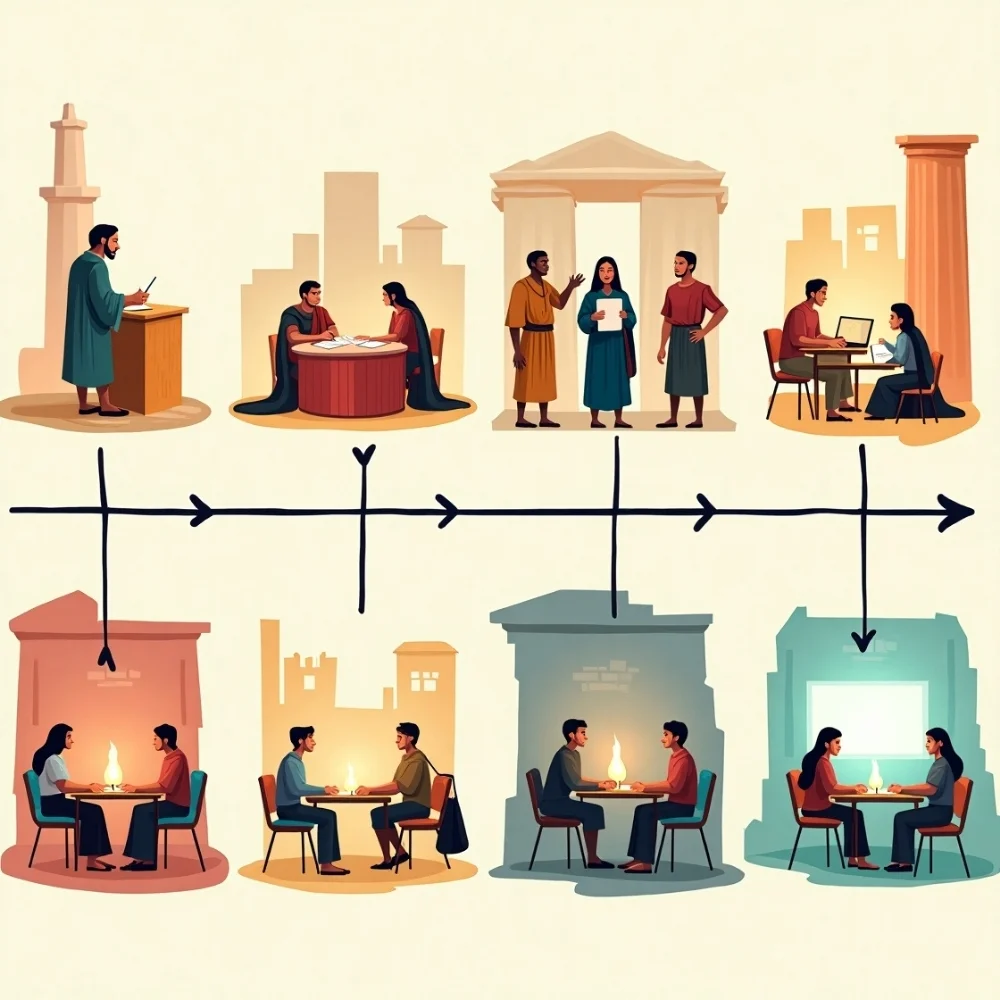
1. Education in Ancient Civilizations
Long before schools existed, education was passed down through storytelling, rituals, and observation. In ancient Egypt, scribes were respected for their writing skills. Greek philosophers like Plato and Aristotle laid the foundations for modern education, focusing on critical thinking and citizenship. Meanwhile, in ancient China, Confucian teachings shaped moral behavior and social harmony.
2. The Evolution of Educational Systems
As societies advanced, so did their education systems. From medieval religious schools to Enlightenment-era public education, the focus slowly shifted from elite instruction to mass learning. Governments realized that informed citizens lead to stable, prosperous nations.
1. Traditional vs. Modern Learning Models
- Traditional education focused on memorization, discipline, and religious or cultural teachings.
- Modern education emphasizes creativity, collaboration, and problem-solving.
Education as a Tool for Social Change
1. Reducing Poverty and Improving Livelihoods
Education helps break the cycle of poverty. People with even basic education often earn more, live healthier lives, and provide better opportunities for their children. Skills training and literacy open doors to jobs and entrepreneurship.
2. Empowering Marginalized Communities
From girls in rural areas to minority groups in urban settings, education gives a voice to the unheard. It creates a platform for representation, self-expression, and inclusion in decision-making processes.
3. Driving Gender Equality Through Education
Educated women tend to marry later, have fewer children, and contribute more to the economy. Gender-equal education ensures everyone has the chance to reach their full potential, regardless of gender.
Economic Growth and Development
1. How Education Fuels Innovation?
A well-educated workforce is essential for innovation. Scientists, engineers, doctors, and entrepreneurs all rely on education to push boundaries and solve real-world problems.
2. Better Jobs and Economic Stability
Education increases employability. Countries with high literacy and skill levels generally enjoy stronger economies. Workers are more productive, and businesses are more competitive.
Skilled Workforce and National Productivity
- Countries with technical education programs tend to have lower unemployment.
- Vocational training and higher education build talent pipelines for industry needs.
Education’s Role in Cultural Preservation and Transformation
1. Passing Down Traditions and Values
Schools help keep culture alive. Through stories, languages, and rituals, children learn where they come from and what their communities value.
2. Language, Identity, and Heritage
Language is a cornerstone of culture. Teaching in native languages or preserving indigenous dialects through school programs strengthens identity and unity.
3. Education as a Bridge Between Cultures
Global education encourages respect for different perspectives. Learning about other cultures fosters empathy, cooperation, and peace in diverse societies.
Promoting Social Cohesion and Civic Engagement
1. Building Informed and Responsible Citizens
Educated citizens are more likely to vote, respect laws, and participate in civic life. They understand their rights and responsibilities, which strengthens democracy.
2. Enhancing Tolerance and Social Harmony
Education teaches critical thinking, which helps dismantle stereotypes and prejudices. Exposure to diverse ideas reduces conflict and promotes coexistence.
The Digital Era and Globalization of Education
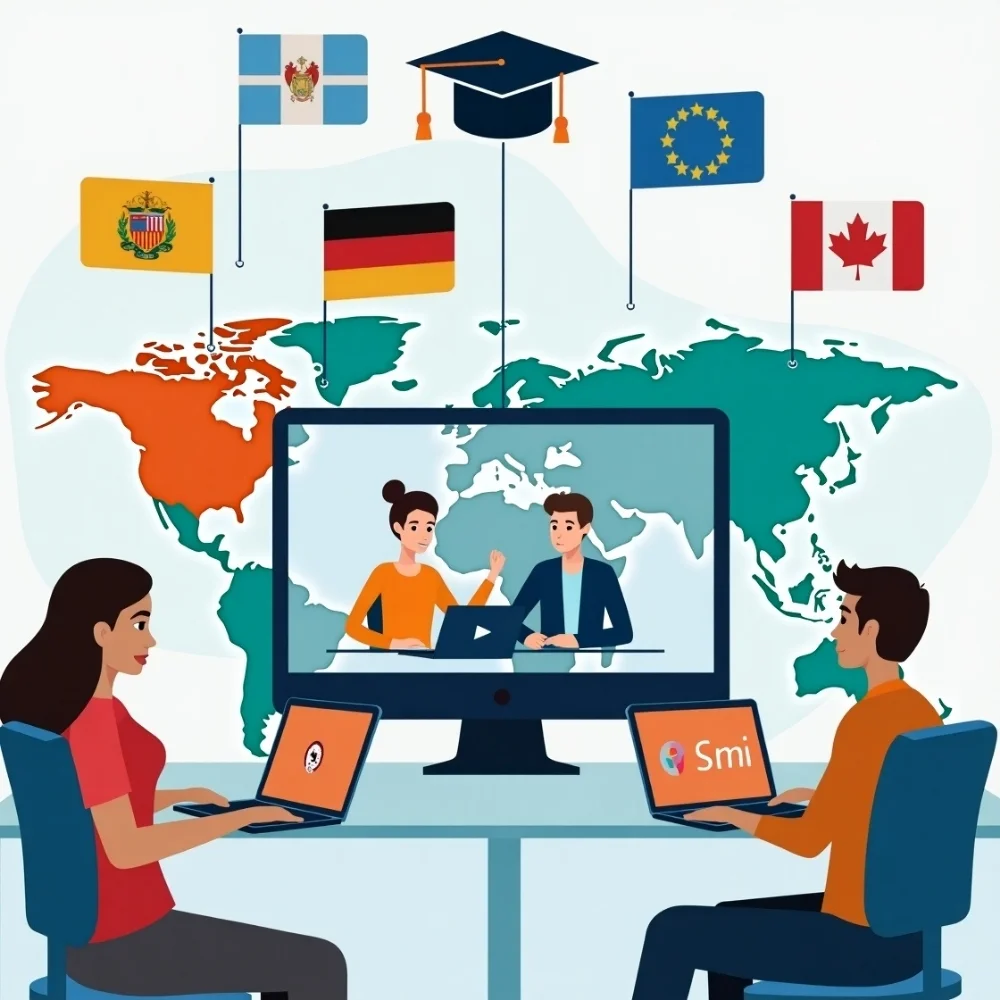
1. Online Learning and Cross-Cultural Exchange
The internet has transformed education. Students from opposite ends of the world can now collaborate in real time. Courses, webinars, and digital platforms break down barriers of geography and cost.
2. Global Citizenship and Cultural Blending
Education today teaches students to be global citizens. They learn how to solve global problems like climate change or inequality, while respecting local customs and traditions.
Challenges in Modern Education Systems
1. Inequality in Access
Not everyone has equal access to education. Rural communities, refugee populations, and underfunded schools often struggle. Technology gaps and gender biases further deepen the divide.
2. Cultural Erosion and Identity Crisis
In some cases, education systems promote global values at the expense of local traditions. Students may lose touch with their native language or customs in the pursuit of modernity.
3. Balancing Globalization with Local Values
It’s essential to design education that blends global awareness with cultural sensitivity. Multilingual curricula and community involvement help strike that balance.
Case Studies and Real-Life Impacts
1. Finland’s Education Model
Finland is often hailed as the gold standard in education. No standardized tests, equal opportunities, and well-paid teachers have led to high literacy and life satisfaction.
2. Education and Women’s Empowerment in Afghanistan
Despite challenges, education has helped Afghan women become doctors, journalists, and leaders. Where girls learn, communities transform.
3. UNESCO and Global Literacy Campaigns
UNESCO’s literacy initiatives have lifted millions out of illiteracy, helping countries meet their development goals and build inclusive societies.
The Psychological and Behavioral Effects of Education
1. Critical Thinking and Problem-Solving Skills
Education trains the brain to think, not just remember. Students learn to analyze, reason, and evaluate skills vital for personal and professional success.
2. Emotional Intelligence and Social Behavior
Beyond academics, schools teach teamwork, empathy, and conflict resolution. These traits are crucial in maintaining healthy relationships and productive work environments.
Education and Environmental Awareness
1. How Schools Shape Eco-Conscious Citizens?
Environmental education encourages students to care for the planet. They learn about sustainability, climate change, and how everyday actions make a difference.
Religion, Morality, and Ethical Education
1. Balancing Faith and Secular Learning
In many cultures, education includes spiritual and moral lessons. The key is balance, promoting values like honesty, kindness, and respect without excluding any belief system.
2. Moral Lessons in Educational Curricula
Subjects like ethics and civics help students navigate complex moral landscapes. Lessons on responsibility, fairness, and justice foster compassionate citizens.
The Future of Education and Society
1. AI, VR, and the Classroom of Tomorrow
Future classrooms will be immersive. With artificial intelligence and virtual reality, students can explore ancient ruins, conduct experiments, or even learn coding with virtual mentors.
2. Lifelong Learning and Adaptability
The world changes fast, and so must we. Education is no longer a one-time phase. From online courses to micro-credentials, lifelong learning keeps us relevant and ready.
FAQs
1. How does education influence culture?
Education helps preserve traditions, language, and identity while also encouraging the exchange of ideas and cultural evolution.
2. Can education reduce crime in society?
Yes. Studies show that educated individuals are less likely to commit crimes due to better job opportunities and social awareness.
3. What’s the link between education and economic development?
A skilled, educated population boosts innovation, productivity, and economic stability in any country.
4. How does education preserve cultural identity?
By teaching native languages, traditional practices, and local histories, education safeguards cultural roots.
5. What role does digital education play in today’s society?
It makes learning accessible, fosters global collaboration, and offers flexible options for all ages and backgrounds.
Conclusion
Education is the heartbeat of society. It empowers individuals, transforms cultures, fuels economies, and builds a better tomorrow. From ancient temples to online platforms, learning has always been the bridge to progress. The more we invest in education, the stronger and more united our world becomes.
